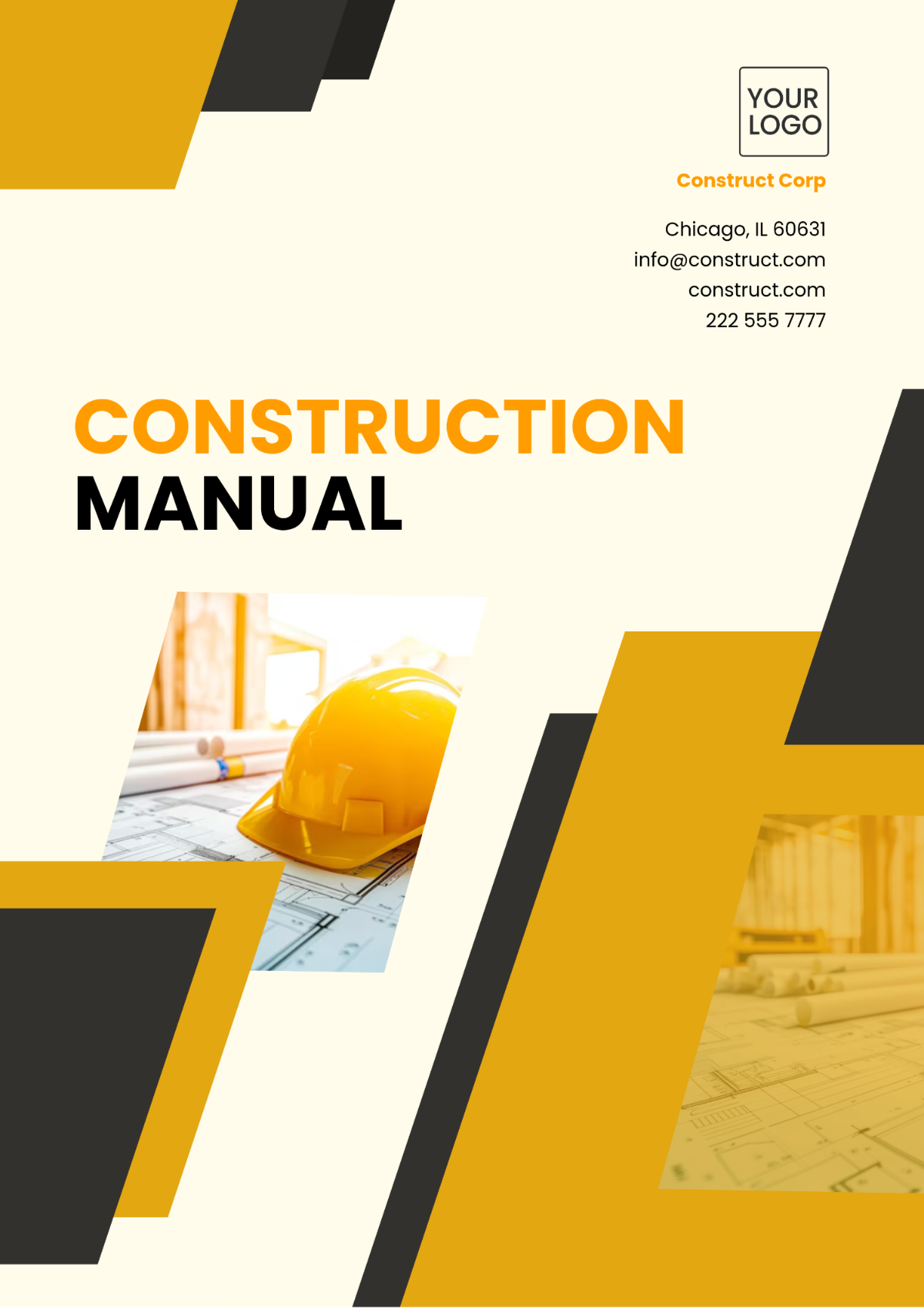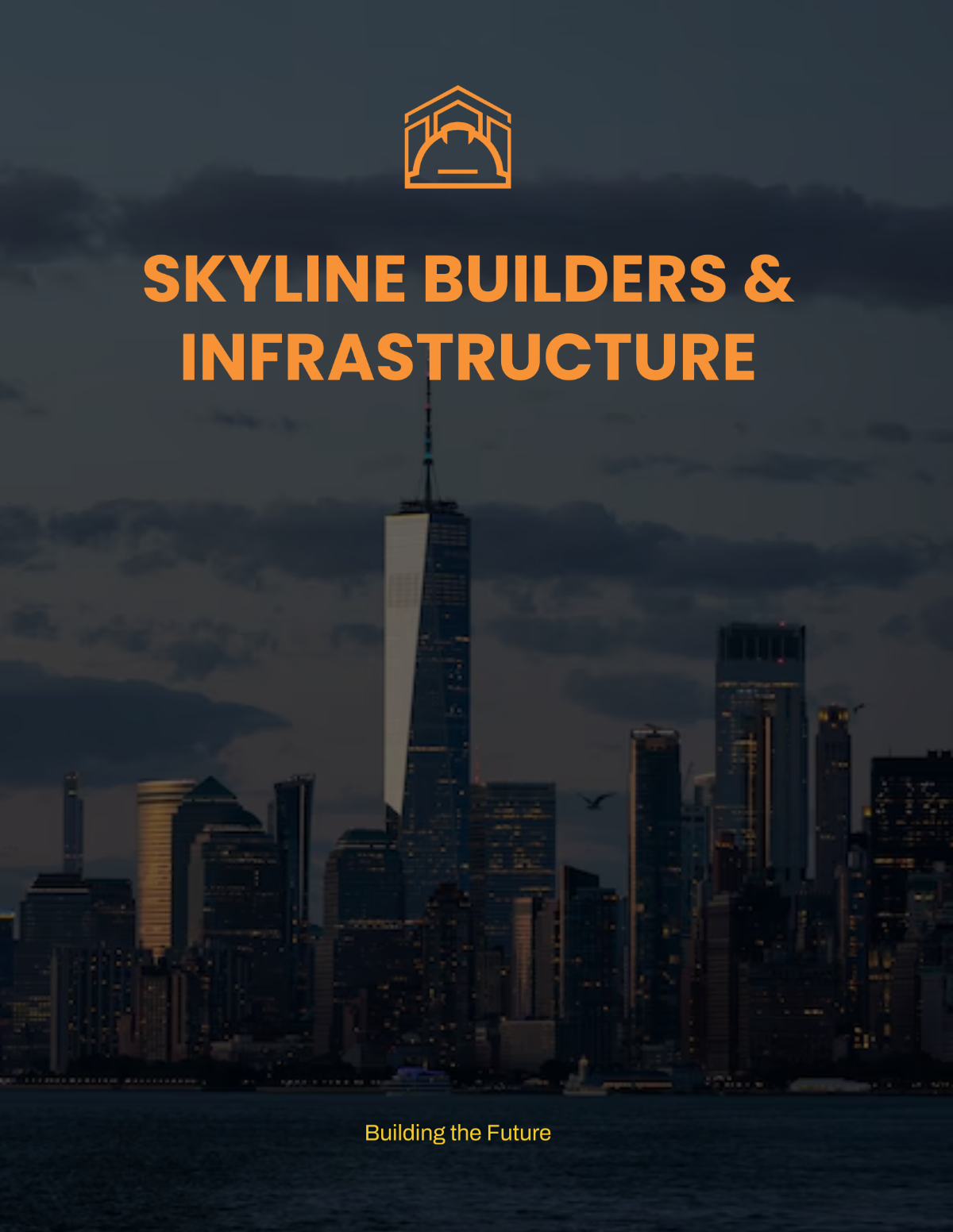Free Quality Standards Construction Brief
Achieve excellence in construction with Template.net's Quality Standards Construction Brief. Designed for professionals, this editable, customizable template ensures your projects align with the highest quality standards. Utilize our AI Editor Tool for seamless modifications, establishing a solid foundation for project success and client satisfaction. Elevate your construction projects to new heights of quality and performance.






























